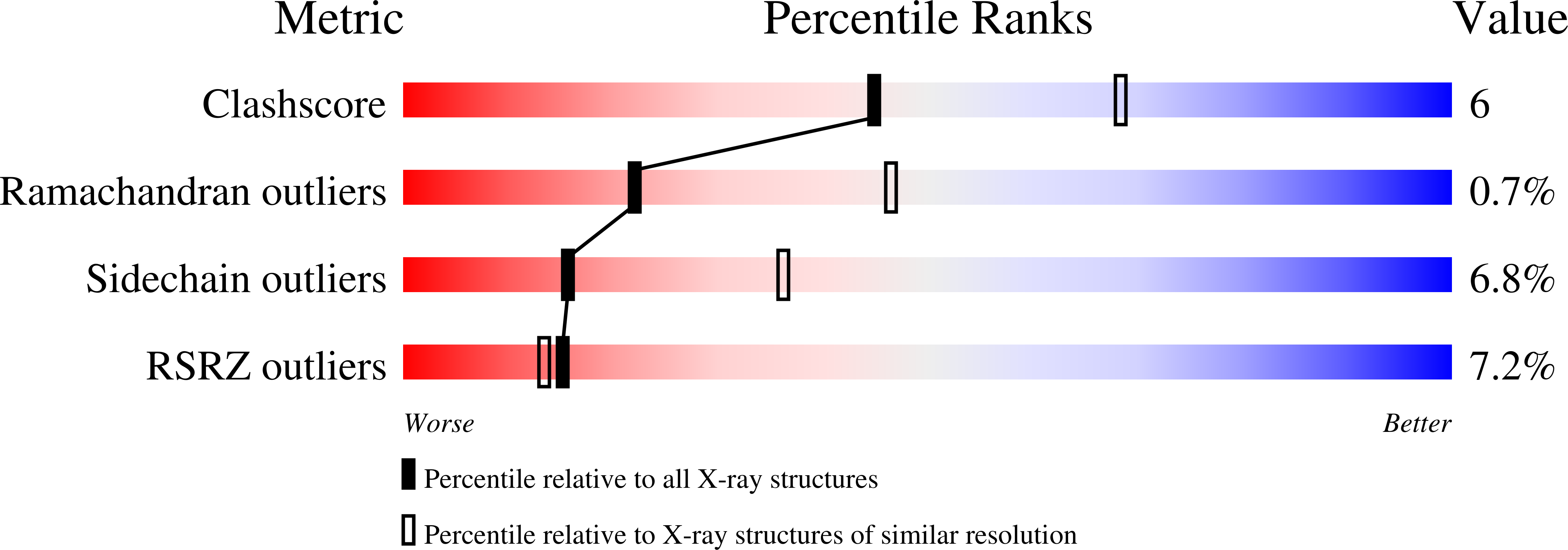
Deposition Date
2008-07-18
Release Date
2008-09-30
Last Version Date
2024-11-13
Entry Detail
PDB ID:
3DVN
Keywords:
Title:
Crystal structure of K63-specific fab Apu2.16 bound to K63-linked di-ubiquitin
Biological Source:
Source Organism:
Homo sapiens (Taxon ID: 9606)
Host Organism:
Method Details:
Experimental Method:
Resolution:
2.70 Å
R-Value Free:
0.26
R-Value Work:
0.22
R-Value Observed:
0.22
Space Group:
C 1 2 1


